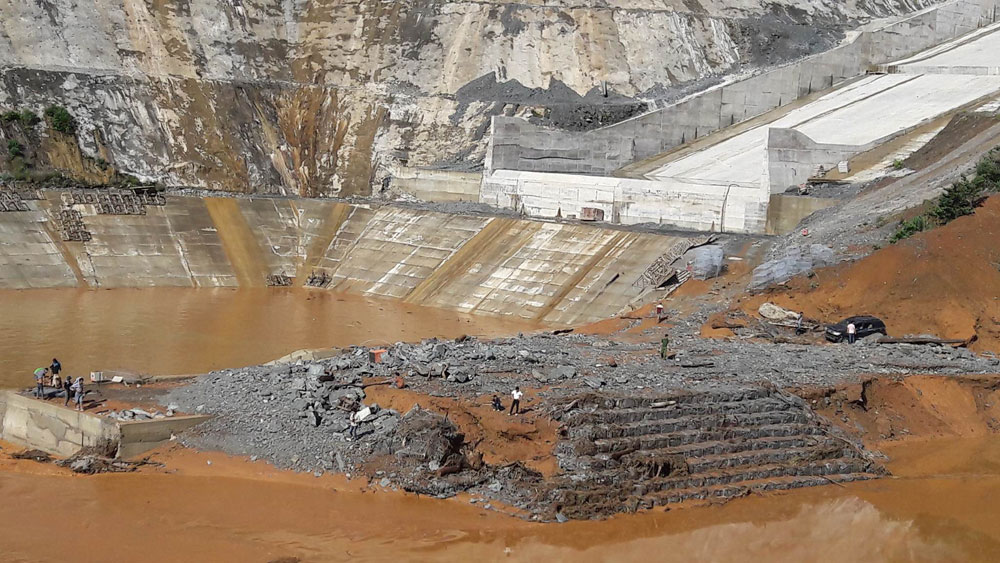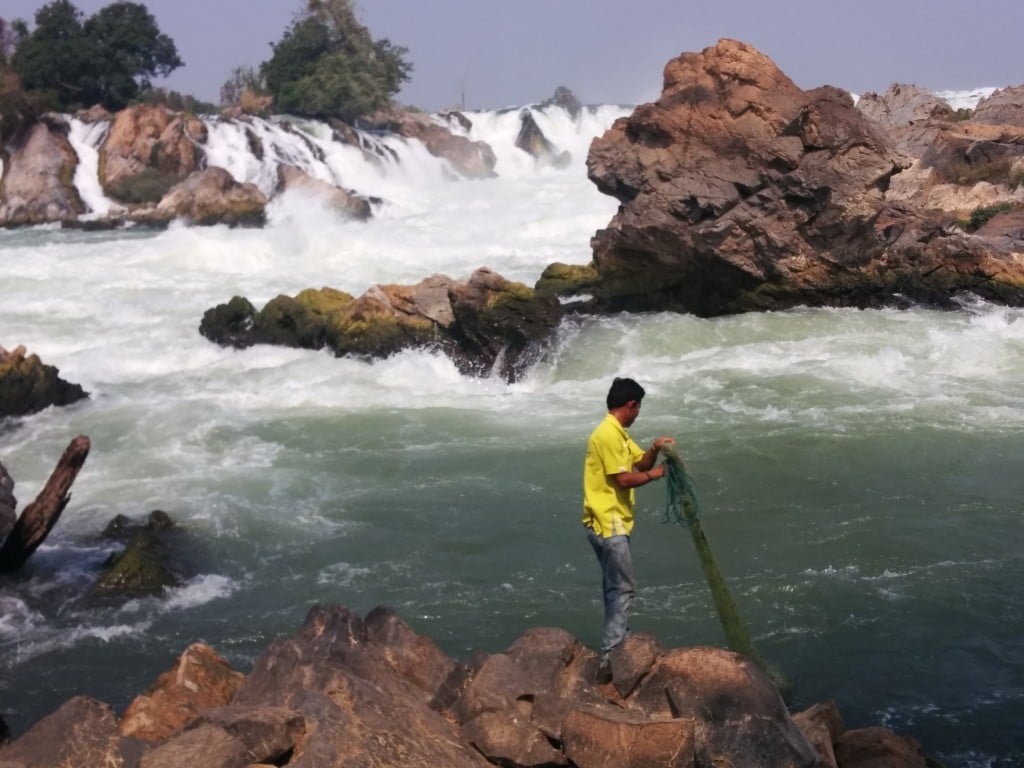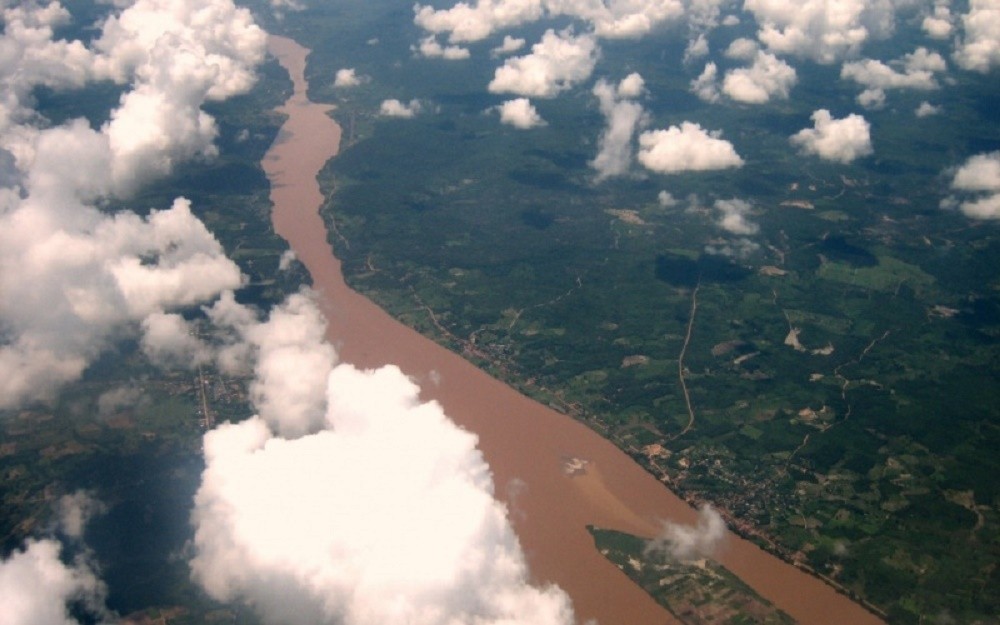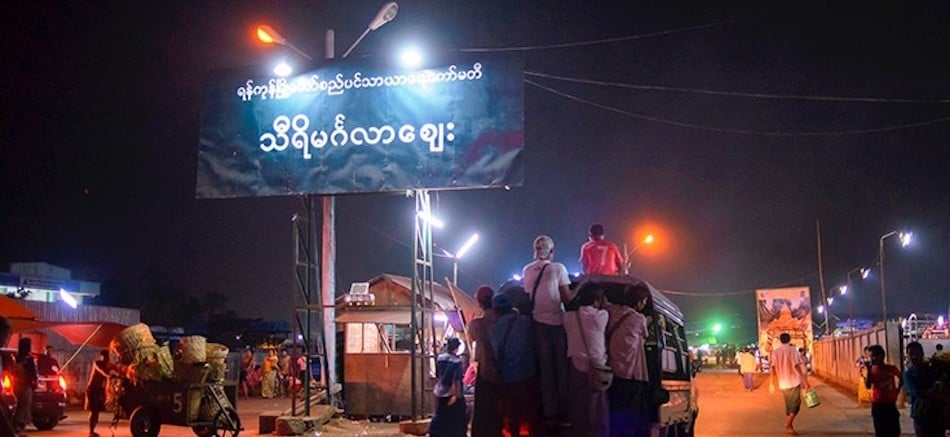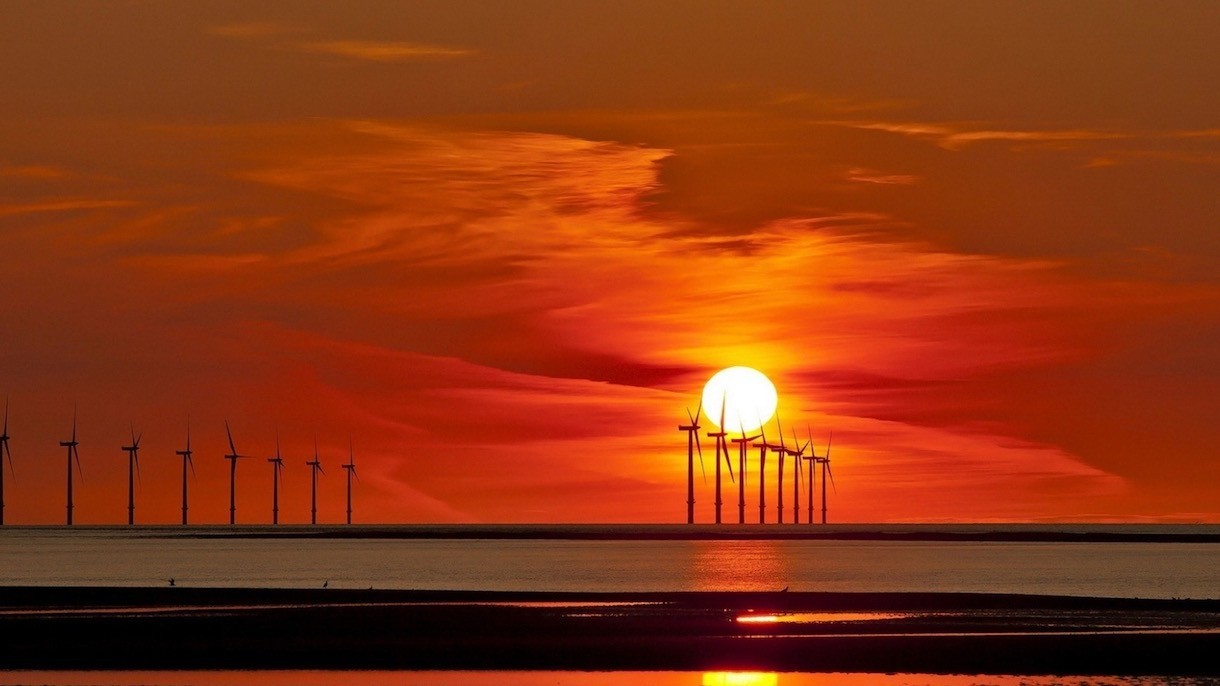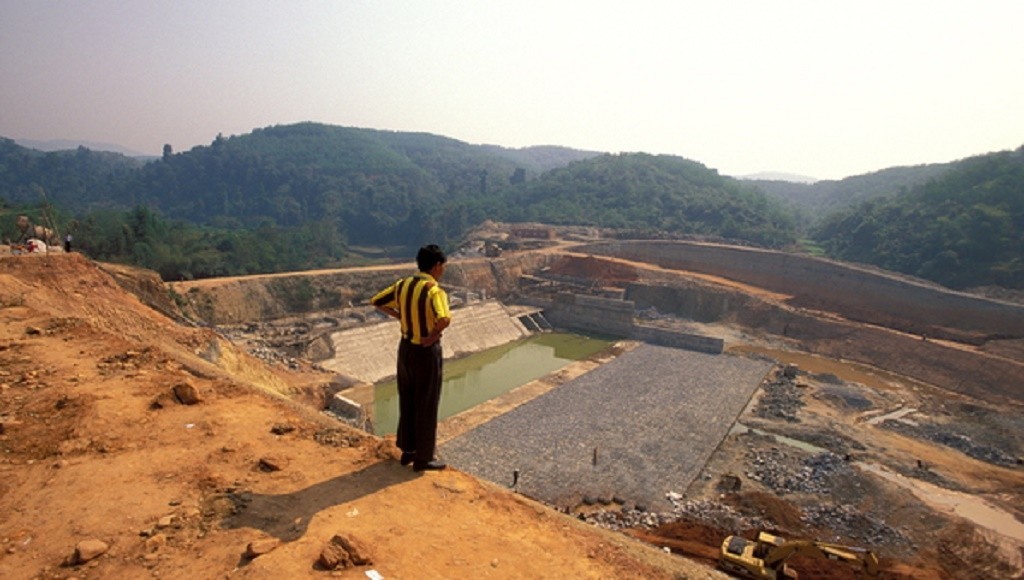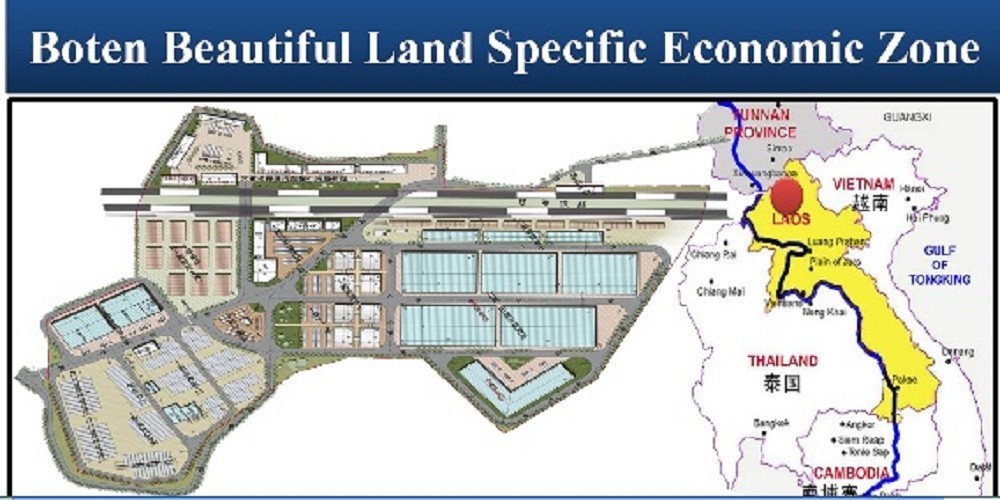A tunnel break in the Song Bung 2 hydroelectric power plant in the central province of Quang Nam released nearly 30 million cubic metres of water that rushed to thousands of villagers living downstream, killing two, and caused at least VND5 billion of losses. The latest incident raised alarms about whether the hydropower plants in Viet Nam meet safety requirements, especially when the Song Bung 2 had already passed the highest examination bars.
The Song Bung 2 hydropower incident washed away two people, one of who is still missing, and local residents cannot shake off the horrifying thought that they, too, might have been among the dead.


